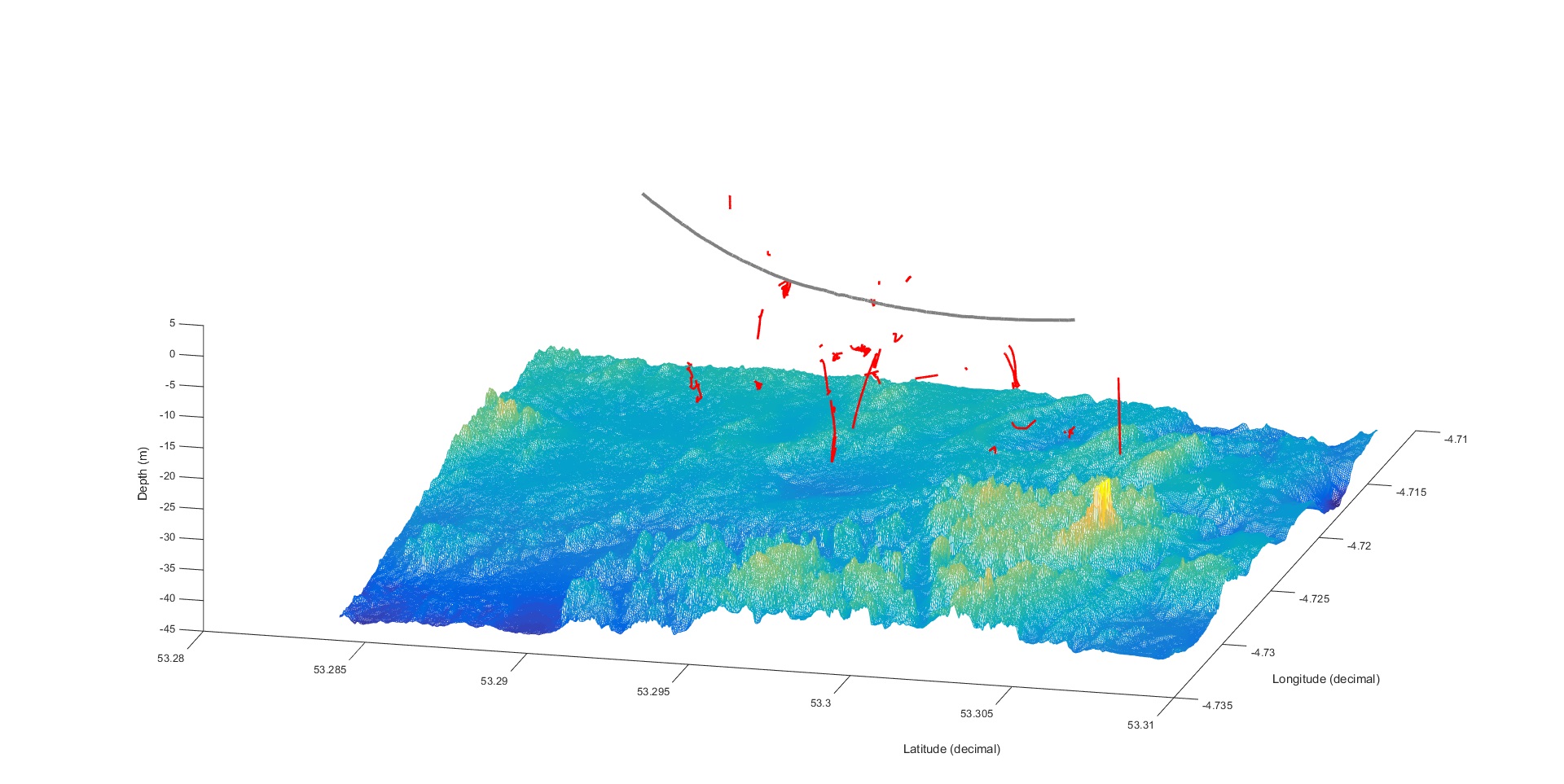From Friday, April 19th (11:00 PM CDT) through Saturday, April 20th (2:00 PM CDT), 2024, ni.com will undergo system upgrades that may result in temporary service interruption.
We appreciate your patience as we improve our online experience.
From Friday, April 19th (11:00 PM CDT) through Saturday, April 20th (2:00 PM CDT), 2024, ni.com will undergo system upgrades that may result in temporary service interruption.
We appreciate your patience as we improve our online experience.
02-25-2016 05:03 AM
Hi All
Just to put all the hard work in this forum into context, we recently finished a project using the cRio to track harbour porpoise movements in tidal habitats.
We developed an autonomous 8 element drifting hydrophone array which could be deployed in tidal rapid areas. Each hydrophone was sampled at 500kS/s in order to detect the ultrasonic vocalisations of harbour porpoises. A cRio 9068 with two NI9222 cards was an ideal tool for this- it also collected GPS data, summarised sound levels and could send data via WiFi to a tablet.
As part of the project we developed a C++ program to record .wav and .x3 and serial data files and allow communication via the cRio network ports. Development is ongoing as we expand the cRio for use in other areas. The program is open source and can be found at https://sourceforge.net/projects/plabuoy/. Hopefully this might help some people with other applications.
The prototype system we created was extensively tested, worked well and should help with low cost monitoring of harbour porpoises in tidal areas- information which is required to assess the potential risk that animals might collide with tidal turbines once deployed. The cRio was an integral part of the system and we were particularly impressed with its reliability (except when it got dragged underwater by strong currents and imploded but you can only stress test so far)
The project was funded by NERC (National Environmental Research Council) and the report can be found at http://www.smru.st-andrews.ac.uk/pageset.aspx?psr=152. An appendix with instructions on how to set up the cRio can be also be found there – this is a working document so any suggestions or highlighting of mistakes welcome.
We will be continuing our work by deploying a cRio on an operation tidal turbine recording data from 12 hydrophones. The data will be sent back via fibre optic cable to shore and used to track animals around the turbine.
Thanks for all the help in this forum.
Cheers from Scotland.
Jamie
02-25-2016 09:57 AM
Hi Jamie,
Thank you for this feedback and detail on your project! It's always awesome to hear about the unique applications and problems our customers are solving with our products.
Sincerely,
Deborah
02-25-2016 10:34 AM
That's a very cool application. Nice work and thanks for sharing!
02-25-2016 11:46 AM
Excellent application! It's always great to see engineering with a porpoise.
Call me a short, I literally could not resist.
02-26-2016 03:26 AM
Very good....I get that one a lot.
Some porpoise tracks just so there is a pretty picture around. 
03-18-2016 09:26 AM
Very cool. Do you have information on what tends to happen on those "dives"? Since the application only catches the vocalizations, and you have the timing information, have there been attempts at fitting track-plots to cover the times when there's silence? Does that actually help whatever you're researching? Am I asking too many questions? ![]()
Really, excellent application, and I apologize for my pun that you hear some form of all too often.
03-18-2016 09:47 AM
We use a Kalman filter to create tracks from discrete localisation pointsm but it can only interpolate so far. When there's no data, there's no data. That's the weakness of this system, because of the directionaility of dolphin and porpoise biosonars, animals rarely ensonify the array for an entire dive. So what you get are track fragments rather than the complete dives you would get if you say, tagged an animal. However, the advantage of this system is that you can put it any area and it will track all vocalising animals within range- much easier and cheaper than tagging.